Asahi Kasei Europe Automotive Interior Survey
What Does The Car User Expect From The Future Automotive Interior?
The evolution in the automotive industry is ongoing. A changing mobility behavior and the growing autonomy of cars will profoundly impact the user’s driving experience. Automotive interior features are on their way to become the main differentiating element influencing buying decisions – and within the interior the need towards premium, hygienic and sound-absorbing surfaces is on the rise.

The Needs Towards The Automotive Interior Are Changing
The ongoing CASE (Connected – Autonomous – Shared – Electric) megatrends are currently disrupting the automotive industry. Because not only the vehicle itself, but also the driving experience is about to change. Due to the increasing autonomy of the car the passengers will have to focus less on the traffic – and will have more time to spend on work, in-car entertainment or just relaxation.
As a result of this development, the focus of attention will shift from the for many decades dominating exterior towards the automotive interior. In the recent years, car manufacturers and suppliers have presented a great number of automotive interior concepts – like Asahi Kasei with its concept car AKXY. But where are the customer’s needs actually heading to? What is the car user expecting from future automotive interior?
In October 2019, Asahi Kasei Europe conducted a representative survey together with Cologne-based market research institute SKOPOS, interviewing a total of 1,200 car users in Germany, France, Italy and the United Kingdom regarding their preferences relative to mobility and especially to the future automotive interior.
Interior To Become The New Exterior
A key result of the survey shows: When buying the next car, 18.3% of all respondents in the four main European automotive markets will not buy the same brand as the current car, 34,9% are still undecided. This means that half of the car users need to be persuaded again when purchasing the next car. But what are the main differentiating factors?
“Love at first sight”: For many decades the exterior design used to be the decisive, emotional factor in the car purchase. While this is still valid, this “emotionalization” is now also taking place in the inside of the vehicle. Partially supported by new emerging drivetrain technologies and mobility models, the passenger compartment is becoming an increasingly important factor next to exterior, drivetrain, driving performance and fuel economy.
When purchasing the current car, the interior design (e.g. seats, surfaces, etc.) was important to 54.8%, compared to 57.2% who paid more attention to the exterior design. Looking ahead to the purchase of the next car, the interior is rising by 5 percent points (59.8%) in its importance, the exterior by 4 percent points (61.4%).
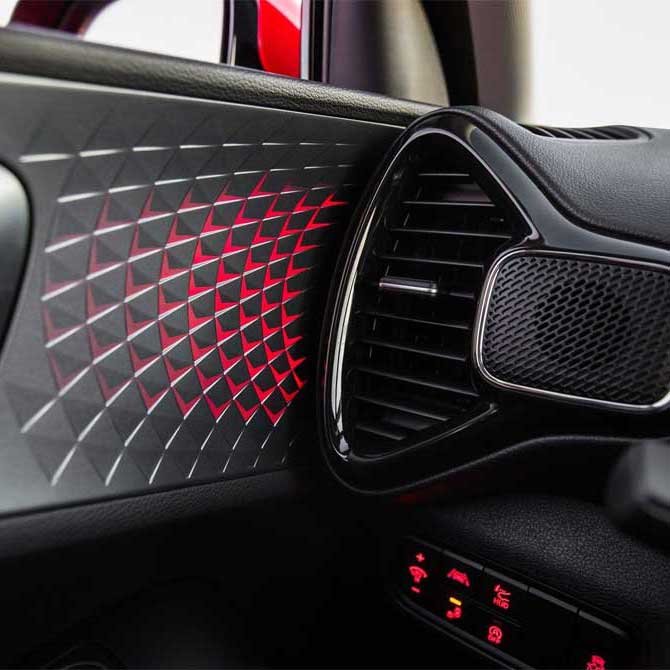

“Yes” To Sustainable Surface Materials
Automotive interior surfaces need to be attractive to the eye and smooth to the skin. They are the interface between the user and the vehicle. Furthermore, it is the defining aspect for how the car user perceives the interior of the automotive – and even more important: The driving experience.
One out of ten respondents (10.3%) sees the poor processing quality of interior surface materials as the most annoying factor in the current car. 44.8% of all respondents see a benefit in surfaces that look and feel especially high quality – for example for seats, dashboards or headliners – compared to just 11.4% who do not.
A third of all participants (32.5%) would be willing to pay a reasonable price for these surfaces as an extra equipment. While the word “reasonable” is of course strictly subjective, it shows the growing importance of interior surfaces. Asked about the surface material itself, 57% of the respondents think that sustainable materials for seat covers and surfaces will be becoming increasingly important in the next 5 to 10 years, while the need for real leather equipment will fall drastically.
Rising Needs Towards Hygienic And
Sound-Absorbing Surfaces
Next to look and feel, the results of the survey show an increasing need towards interior surfaces with further functions, adding to the overall driving experience. Asked about additional functions of the seat covers and surfaces, 49% of all respondents see a benefit in antibacterial properties. Taking a closer look at the age structure, it turns out that car users from 18 – 39 years are seeing a stronger benefit of antibacterial surfaces, especially compared to the participants over 59 years.
The same trend can be seen in regard to seat covers and surfaces with odor-inhibiting properties. 49.3% see a benefit in these surfaces, which are again highly valued by the car users from 18 – 39 years. While there is an overall need for hygienic surfaces, stronger demand can be observed within the younger age groups, who are also more willing to accept additional costs for these surfaces.
With the changing in-car driving experience, the perception of sound and noise is evenly about to change. Already today 16.1% of the car users consider the driving noise as the most annoying factor of their current car. Looking ahead to the future automotive, the suppression of road and engine noise – now a challenge to many car users – will become even more urgent.
While different materials and technologies inside the car can tackle this problem, visible interior surfaces can also play their part. 51.8% would see a benefit in noise-absorbing seat covers and surfaces, 35.9% are even inclined to book these surfaces for additional costs.
Find out more about Asahi Kasei’s solutions for the future automotive interior:

Automotive Innovations for the Industry
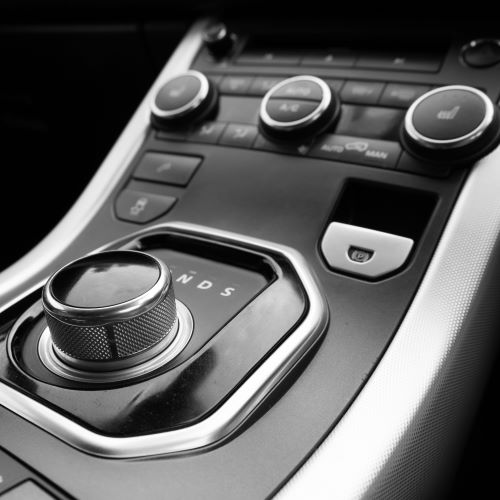
Interior →
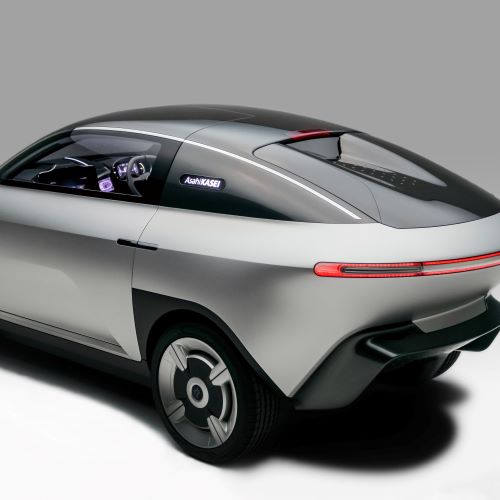
Exterior →

Battery Materials →
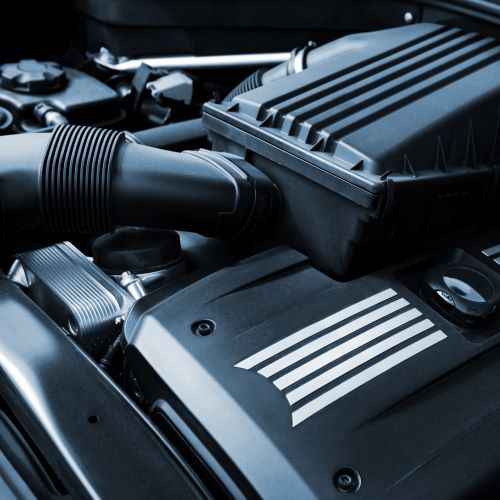
Under the Hood →
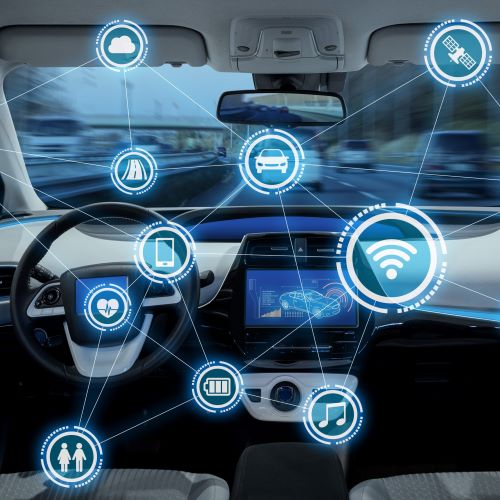
Electronics →
